Living with diabetes can sometimes feel like navigating a minefield of dietary restrictions and limitations. For those with this condition, managing blood sugar levels is crucial for overall health and well-being. However, this doesn’t mean that all sweet treats need to be off-limits. In fact, there are some natural alternatives that not only satisfy your sweet tooth but can also provide a range of health benefits. Dried figs are one such option that diabetics may want to consider incorporating into their diet. Figs, both fresh and dried, have been enjoyed for their delicious taste and nutritional value for centuries.
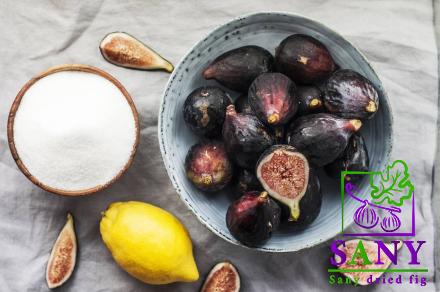
.
 These small, pear-shaped fruits are not only sweet and flavorful but also packed with essential vitamins, minerals, and dietary fiber. When figs are dried, their natural sugars become more concentrated, making them a satisfyingly sweet snack that can be enjoyed on its own or used in various recipes. One of the main concerns for diabetics is how different foods impact blood sugar levels. The glycemic index (GI) is a tool used to measure how quickly carbohydrates in food raise blood sugar levels. Foods with a high GI can cause rapid spikes in blood sugar, while those with a low GI are digested more slowly, causing a more gradual rise in blood sugar levels. Dried figs have a moderate GI, which means they can be a suitable option for diabetics when consumed in moderation. Despite being sweet, dried figs contain a good amount of dietary fiber, which is beneficial for managing blood sugar levels. Fiber helps slow down the absorption of sugar and carbohydrates in the bloodstream, preventing sudden spikes in blood sugar levels. Additionally, the soluble fiber found in figs can improve insulin sensitivity, making it easier for cells to take up and use glucose effectively. In addition to their fiber content, dried figs are a good source of essential nutrients that can support overall health. These fruits are rich in vitamins and minerals, including vitamin K, potassium, magnesium, and calcium. Vitamin K is essential for maintaining healthy blood clotting and bone health, while potassium helps regulate blood pressure and support heart function. Magnesium plays a role in energy production and muscle function, while calcium is crucial for bone strength. Furthermore, dried figs are abundant in antioxidants, including polyphenols and flavonoids, which can help reduce inflammation and oxidative stress in the body.
These small, pear-shaped fruits are not only sweet and flavorful but also packed with essential vitamins, minerals, and dietary fiber. When figs are dried, their natural sugars become more concentrated, making them a satisfyingly sweet snack that can be enjoyed on its own or used in various recipes. One of the main concerns for diabetics is how different foods impact blood sugar levels. The glycemic index (GI) is a tool used to measure how quickly carbohydrates in food raise blood sugar levels. Foods with a high GI can cause rapid spikes in blood sugar, while those with a low GI are digested more slowly, causing a more gradual rise in blood sugar levels. Dried figs have a moderate GI, which means they can be a suitable option for diabetics when consumed in moderation. Despite being sweet, dried figs contain a good amount of dietary fiber, which is beneficial for managing blood sugar levels. Fiber helps slow down the absorption of sugar and carbohydrates in the bloodstream, preventing sudden spikes in blood sugar levels. Additionally, the soluble fiber found in figs can improve insulin sensitivity, making it easier for cells to take up and use glucose effectively. In addition to their fiber content, dried figs are a good source of essential nutrients that can support overall health. These fruits are rich in vitamins and minerals, including vitamin K, potassium, magnesium, and calcium. Vitamin K is essential for maintaining healthy blood clotting and bone health, while potassium helps regulate blood pressure and support heart function. Magnesium plays a role in energy production and muscle function, while calcium is crucial for bone strength. Furthermore, dried figs are abundant in antioxidants, including polyphenols and flavonoids, which can help reduce inflammation and oxidative stress in the body.
..
 Chronic inflammation and oxidative stress are common in diabetes and can contribute to the development of complications such as heart disease, nerve damage, and kidney problems. By including foods rich in antioxidants, such as dried figs, in your diet, you can help protect your body against these harmful effects. Incorporating dried figs into your diet doesn’t have to be complicated. These versatile fruits can be enjoyed in various ways, whether as a standalone snack, added to oatmeal or yogurt, or used in both sweet and savory dishes. Here are some simple and delicious ideas for incorporating dried figs into your meals: 1. Breakfast Boost: Sprinkle chopped dried figs over your morning bowl of Greek yogurt or oatmeal for a sweet and satisfying start to your day. You can also blend dried figs into smoothies for a natural sweetness. 2. Salad Sensation: Add sliced dried figs to your favorite salad for a burst of flavor and a touch of sweetness. Pair them with salty feta cheese, nuts, and a balsamic vinaigrette for a delicious combination of flavors and textures. 3. Snack Attack: Keep a stash of dried figs on hand for a convenient and nutritious snack when cravings strike. Pair them with a handful of nuts for a balanced snack that will keep you feeling satisfied. 4. Culinary Creation: Experiment with using dried figs in your cooking and baking. They can be incorporated into recipes for muffins, bread, and even savory dishes like roasted meats or grain salads for a unique and delicious twist. While dried figs can be a beneficial addition to a diabetic-friendly diet, it’s important to enjoy them in moderation. Due to their natural sugars, consuming large quantities of dried figs can still raise blood sugar levels, so it’s best to be mindful of portion sizes. A small serving of dried figs, around 1-2 pieces, can be a suitable snack that satisfies your sweet cravings without causing a significant impact on blood sugar levels. In conclusion, dried figs can be a delicious and nutritious option for diabetics looking to satisfy their sweet tooth while supporting their overall health. With their moderate glycemic index, fiber content, essential nutrients, and antioxidants, dried figs offer a range of benefits that make them a valuable addition to a balanced diabetic diet.
Chronic inflammation and oxidative stress are common in diabetes and can contribute to the development of complications such as heart disease, nerve damage, and kidney problems. By including foods rich in antioxidants, such as dried figs, in your diet, you can help protect your body against these harmful effects. Incorporating dried figs into your diet doesn’t have to be complicated. These versatile fruits can be enjoyed in various ways, whether as a standalone snack, added to oatmeal or yogurt, or used in both sweet and savory dishes. Here are some simple and delicious ideas for incorporating dried figs into your meals: 1. Breakfast Boost: Sprinkle chopped dried figs over your morning bowl of Greek yogurt or oatmeal for a sweet and satisfying start to your day. You can also blend dried figs into smoothies for a natural sweetness. 2. Salad Sensation: Add sliced dried figs to your favorite salad for a burst of flavor and a touch of sweetness. Pair them with salty feta cheese, nuts, and a balsamic vinaigrette for a delicious combination of flavors and textures. 3. Snack Attack: Keep a stash of dried figs on hand for a convenient and nutritious snack when cravings strike. Pair them with a handful of nuts for a balanced snack that will keep you feeling satisfied. 4. Culinary Creation: Experiment with using dried figs in your cooking and baking. They can be incorporated into recipes for muffins, bread, and even savory dishes like roasted meats or grain salads for a unique and delicious twist. While dried figs can be a beneficial addition to a diabetic-friendly diet, it’s important to enjoy them in moderation. Due to their natural sugars, consuming large quantities of dried figs can still raise blood sugar levels, so it’s best to be mindful of portion sizes. A small serving of dried figs, around 1-2 pieces, can be a suitable snack that satisfies your sweet cravings without causing a significant impact on blood sugar levels. In conclusion, dried figs can be a delicious and nutritious option for diabetics looking to satisfy their sweet tooth while supporting their overall health. With their moderate glycemic index, fiber content, essential nutrients, and antioxidants, dried figs offer a range of benefits that make them a valuable addition to a balanced diabetic diet.
…
 By enjoying dried figs in moderation and exploring creative ways to incorporate them into your meals, you can indulge in this sweet treat guilt-free while taking care of your blood sugar levels and overall well-being. Remember, while dried figs can fit into a diabetic diet, it’s essential to consult with your healthcare provider or a registered dietitian before making significant changes to your eating plan. They can provide personalized guidance based on your individual needs and help you integrate dried figs into your diet in a way that supports your health goals. When selecting dried figs, opt for varieties that are free from added sugars and preservatives. Look for organic options if possible to minimize exposure to pesticides and other harmful chemicals. Store dried figs in a cool, dry place in an airtight container to maintain their freshness and prevent them from drying out further. In summary, dried figs can be a fantastic addition to a diabetic-friendly diet, offering a balance of sweetness, fiber, nutrients, and antioxidants that can benefit overall health. By enjoying dried figs in moderation and exploring creative ways to incorporate them into your meals and snacks, you can indulge in their natural sweetness guilt-free while supporting your blood sugar management and well-being. So, next time you’re reaching for a snack, consider reaching for a handful of dried figs. They’re not only a tasty treat but also a smart choice for diabetics looking to satisfy their cravings while taking care of their health. Embrace the sweet and wholesome goodness of dried figs as a delightful addition to your diabetic meal plan. Your taste buds and your body will thank you for it!
By enjoying dried figs in moderation and exploring creative ways to incorporate them into your meals, you can indulge in this sweet treat guilt-free while taking care of your blood sugar levels and overall well-being. Remember, while dried figs can fit into a diabetic diet, it’s essential to consult with your healthcare provider or a registered dietitian before making significant changes to your eating plan. They can provide personalized guidance based on your individual needs and help you integrate dried figs into your diet in a way that supports your health goals. When selecting dried figs, opt for varieties that are free from added sugars and preservatives. Look for organic options if possible to minimize exposure to pesticides and other harmful chemicals. Store dried figs in a cool, dry place in an airtight container to maintain their freshness and prevent them from drying out further. In summary, dried figs can be a fantastic addition to a diabetic-friendly diet, offering a balance of sweetness, fiber, nutrients, and antioxidants that can benefit overall health. By enjoying dried figs in moderation and exploring creative ways to incorporate them into your meals and snacks, you can indulge in their natural sweetness guilt-free while supporting your blood sugar management and well-being. So, next time you’re reaching for a snack, consider reaching for a handful of dried figs. They’re not only a tasty treat but also a smart choice for diabetics looking to satisfy their cravings while taking care of their health. Embrace the sweet and wholesome goodness of dried figs as a delightful addition to your diabetic meal plan. Your taste buds and your body will thank you for it!
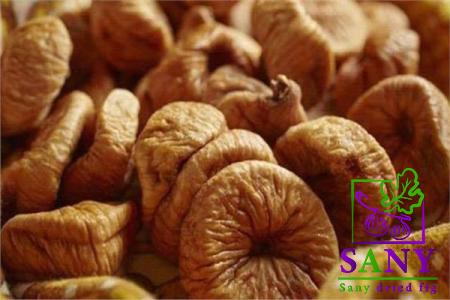




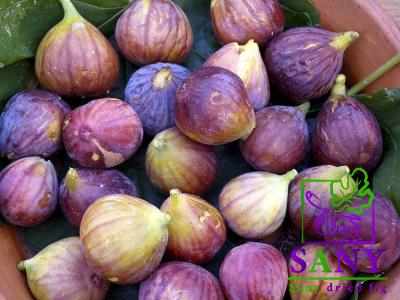
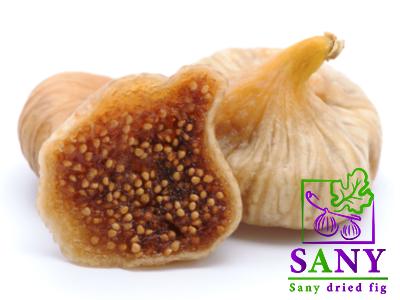
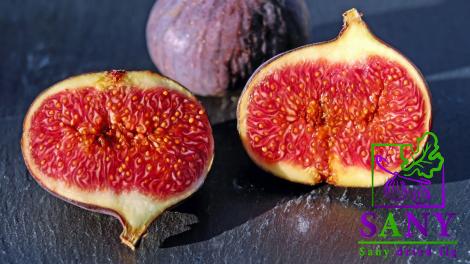

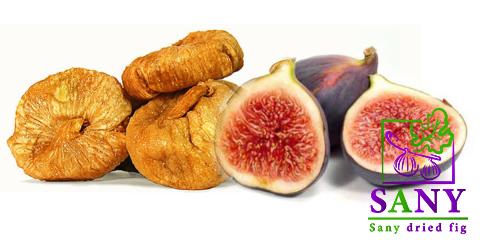
Your comment submitted.